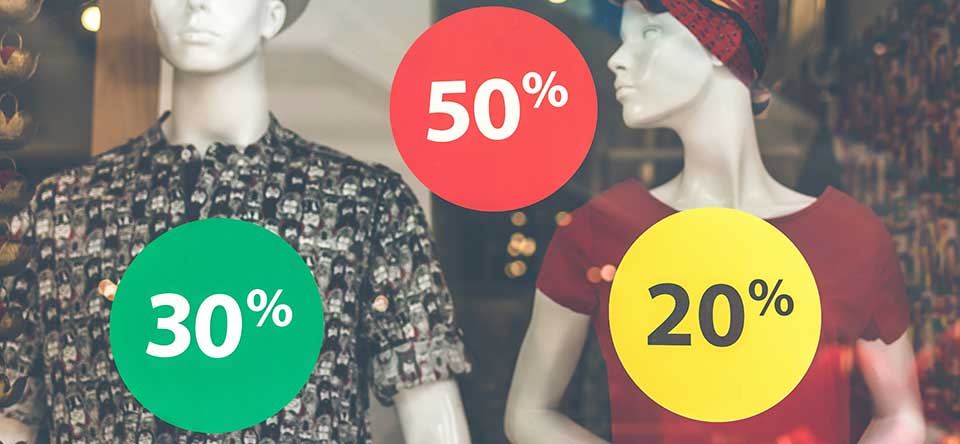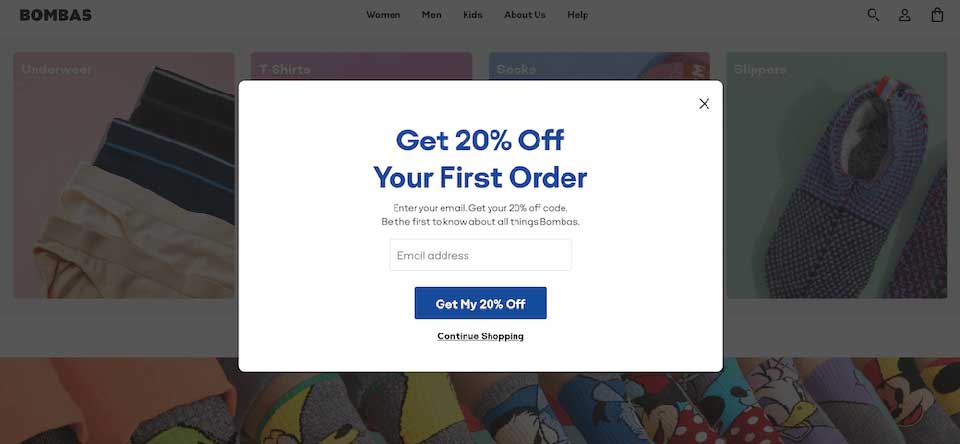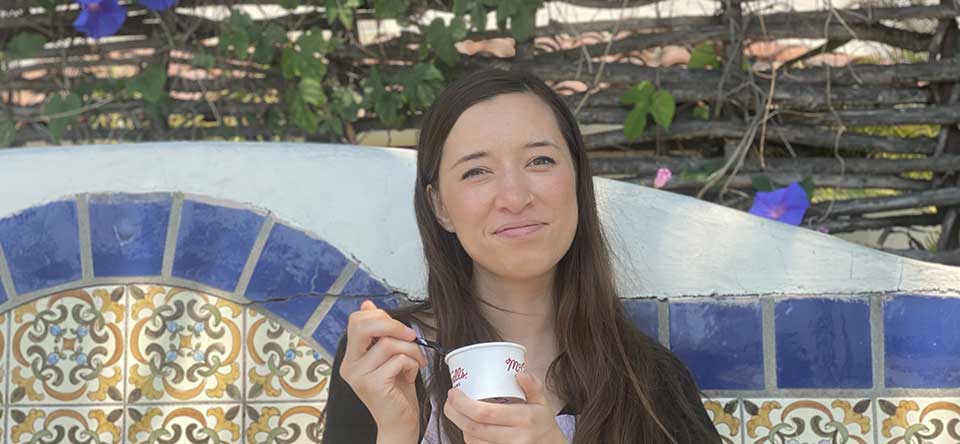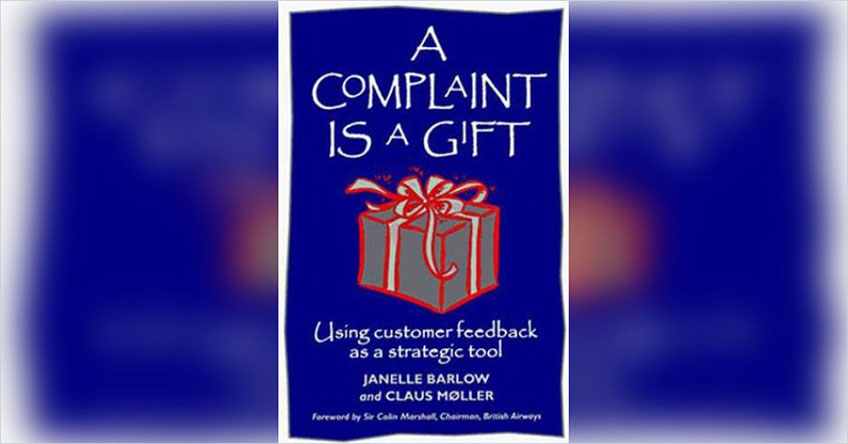September 25, 2024 | #002 | Free Version
Welcome to Startup Blitz, a weekly newsletter full of timeless ideas and insights you can use in your online business.
What’s your primary source of competitive advantage? Are you offering the lowest price? Or is it the uniqueness of your product or service?
Being the cheapest option in a segment that doesn’t prioritize price won’t get you far. Similarly, trying to stand out with a highly differentiated product in a segment where customers only care about price won’t work either.
A cost leadership strategy makes sense if price is more important in your segment. On the other hand, if differentiating factors are more important, focus on a differentiation strategy.
Both strategies can work.
For a successful cost leadership example, look at Ryanair. They keep costs low by maximizing how many people are on each flight. This allows them to offer incredibly low prices while staying profitable.
On the flip side, Apple is a classic example of differentiation. Their products—whether it’s phones, laptops, or earbuds—are rarely the cheapest. But they stand out with their design and features. People are willing to pay extra for that.
However, here’s something to consider: Some incredible examples of companies thriving with a low-cost strategy exist. However, Michael Raynor and Mumtaz Ahmed analyzed data from over 25,000 companies across 45 years. They found that only a small number achieved long-term financial success by following a low-cost strategy.
So, think carefully before deciding what you want to do.
Everyone hate popups. But the truth is, they work.
If you want the full benefits of popups, you need to figure out a way to use them without annoying your visitors too much. One tactic you can try: only trigger popups for warm visitors.
You can do even more targeting. You can only show them to visitors who have already shown interest.
For example, you could trigger a free shipping exit popup, but only for returning visitors with at least $100 worth of items in their cart. This way, your popup will be genuinely helpful and not annoying.
She started with a pre-sale price of just $10. The low price surprised many of her followers, considering the value of the content. So she increased the price by $5 after every 30 sales. This continued until conversions slowed at $30.
She kept that price through the launch and for several months afterward. Later, she raised it to $50, then $100. In 2021, just before Black Friday, she dropped the price again, only to gradually increase it back to $200.
This dynamic pricing approach earned her over $150k from the ebook.
In a digital world where scarcity isn’t a factor, this is a creative way to add urgency and encourage buyers to act quickly. Consider testing this strategy yourself if you’re selling ebooks, courses, or any other digital products.
In this insightful book, consultant and executive coach Janelle Barlow shares a simple yet powerful three-step formula for handling customer complaints. Her approach can help you turn frustrated, angry customers into loyal advocates for your business.
In one chapter, she shares how to handle upset and aggressive customers. Her practical advice has been super useful for me. I think you’ll find it valuable too!
“Acknowledge that the customer is upset but not necessarily focus on their words if they are trying to bait you. The question “When did you start treating your customers like dogs?” is designed to pull you into an argument. You could respond to them by saying, “I’m very sorry that we’ve offended you. We shouldn’t have done that.” If customers say, “If you cared even a tiny bit about your customers, you wouldn’t have such stupid policies,” they are baiting you to say, “But we do care about our customers.” Defending yourself will only give your customer more ammunition to continue doing Then why . . . ?” and the battle will rage onward.
“A better way to respond is to ask a question about their attack. You could say with curiosity, “I’m very sorry. What happened that makes you think we don’t care about you?” This question will surprise them. They expect a defence, not a question. If you do not defend yourself, it is more difficult for customers to continue their assault. It’s also critical to accept the angry person for who they are and what they are expressing at the moment. People tend to get stuck when they sense you don’t accept where they are. They want you to hear them. Your acknowledgement can help them change and soften their tone. Once they start to become more rational, you can help move your customers to a more positive emotion. With anger, this means if you do not acknowledge their anger or somehow respond to it, they will probably just get angrier.”
Hieu Dinh founded CompressionX, a MacOS app that makes video compression easier than ever. If you are a content creator, video editor, or professional who regularly shares videos, you’ll appreciate what CompressionX brings to the table. It allows you to reduce your video file size by up to 90% without compromising quality—all while working completely offline.
In our interview, Hieu shares what motivated him to create such an efficient and user-friendly tool. He also offered some valuable advice for aspiring entrepreneurs.
“For those starting their entrepreneurial journey, focus on solving your own problems first—this approach gives you deep insights that are hard to come by otherwise. Once you have an idea, take immediate action by building a quick MVP to test and gather feedback.”





